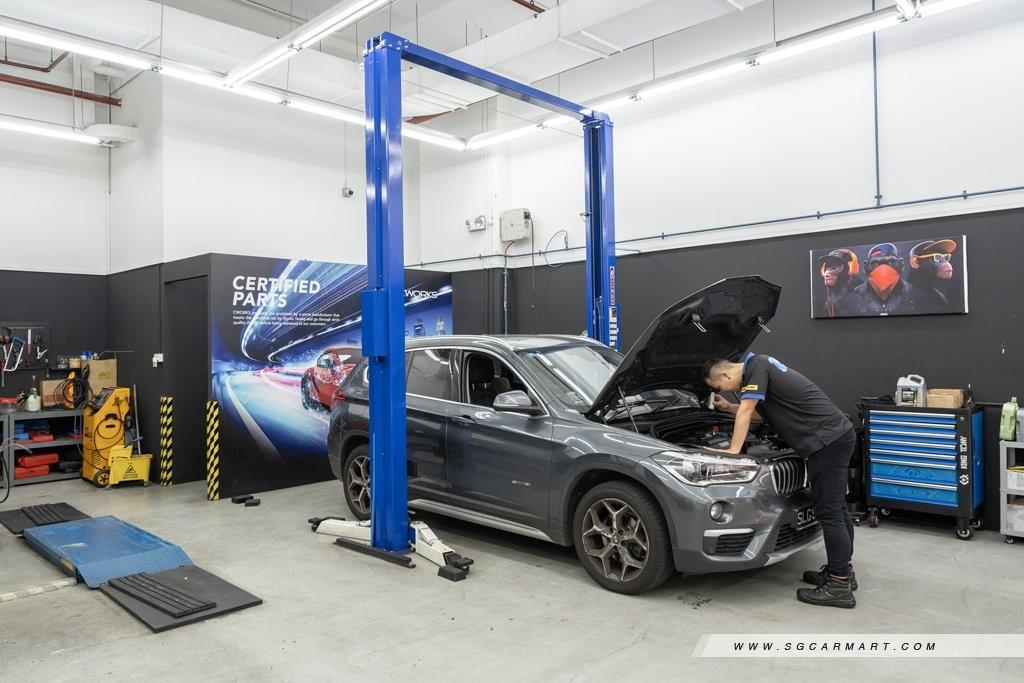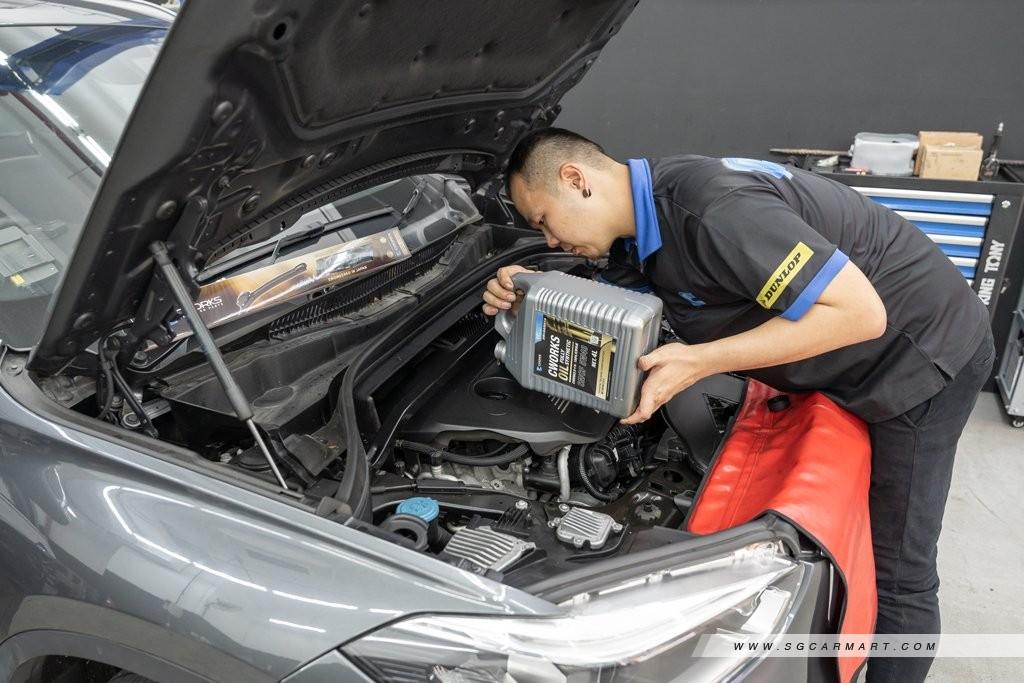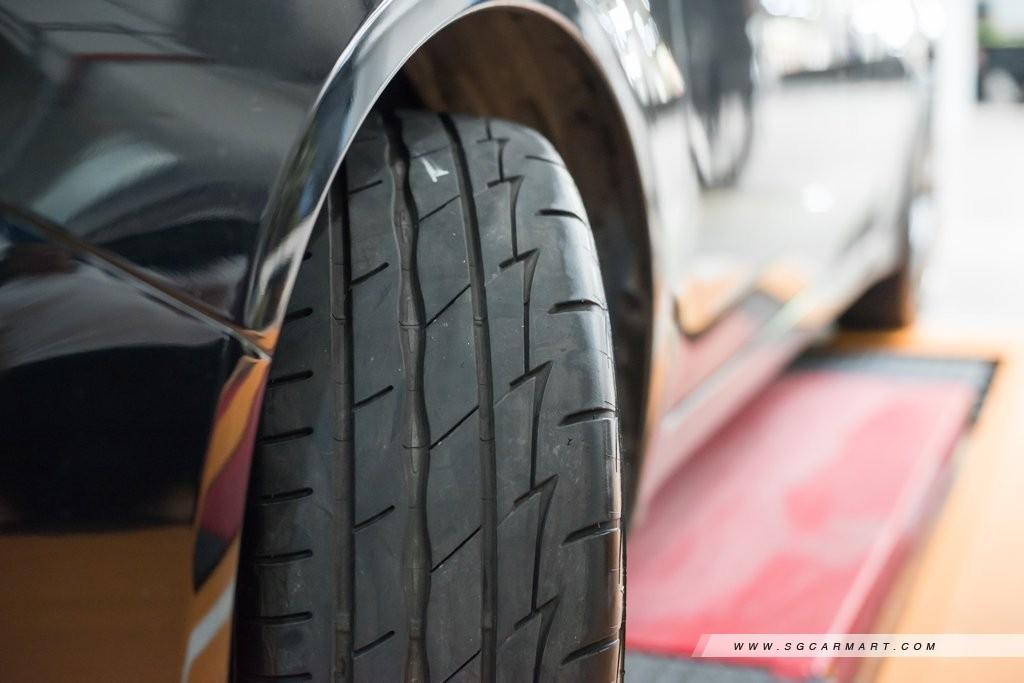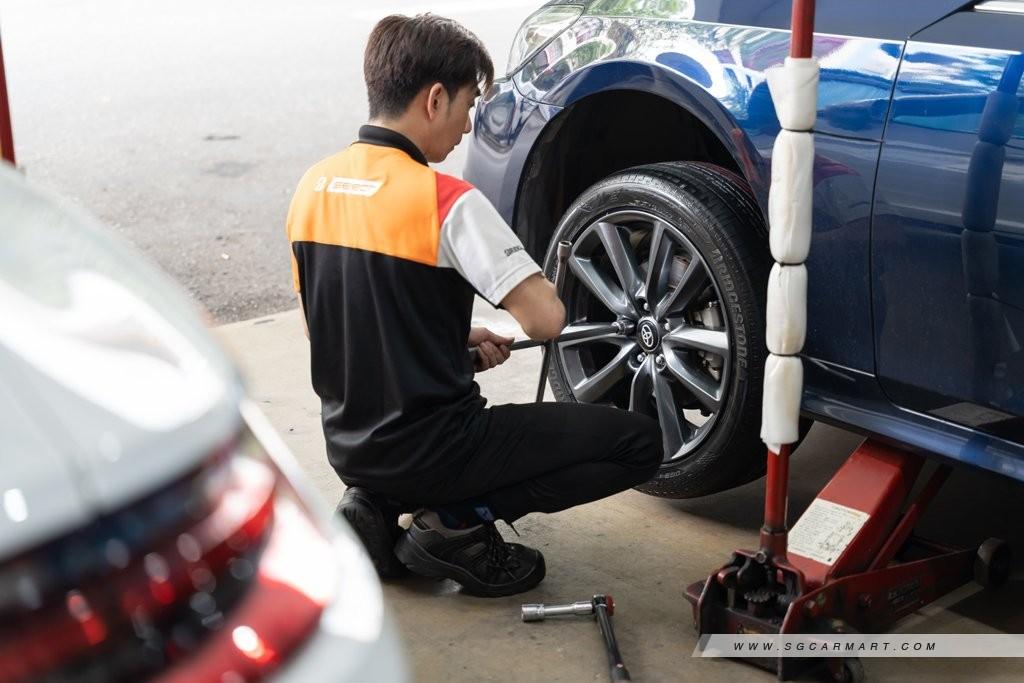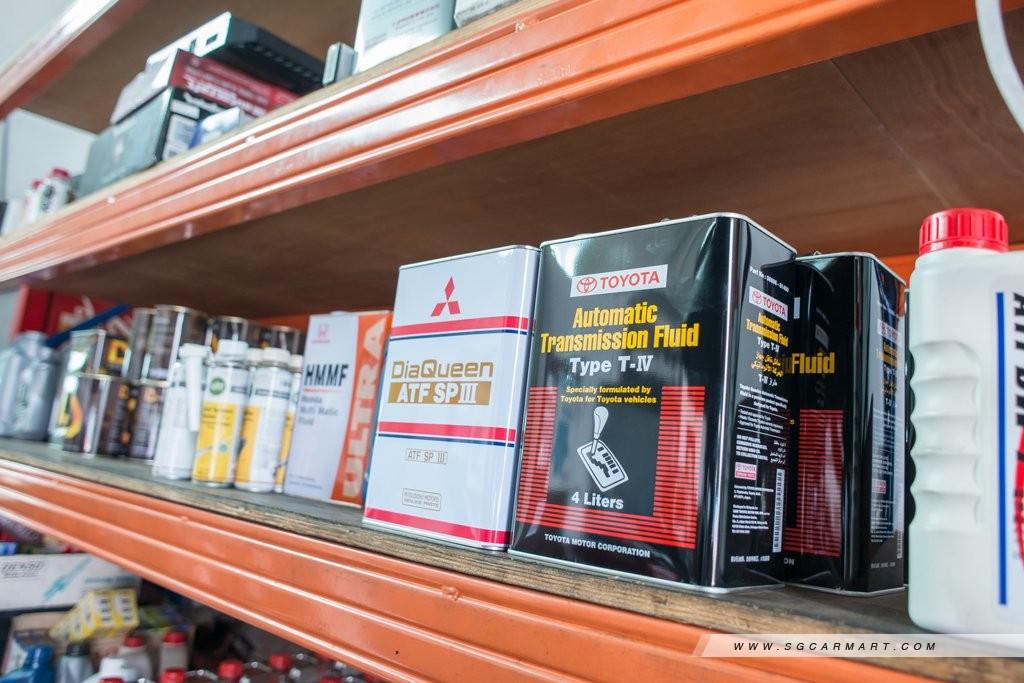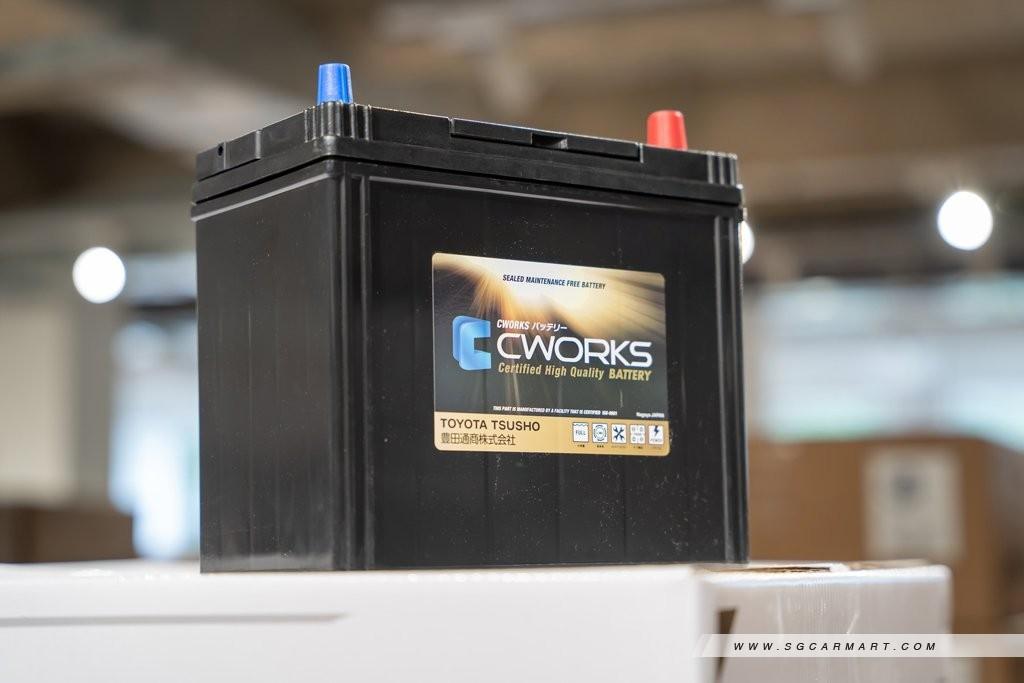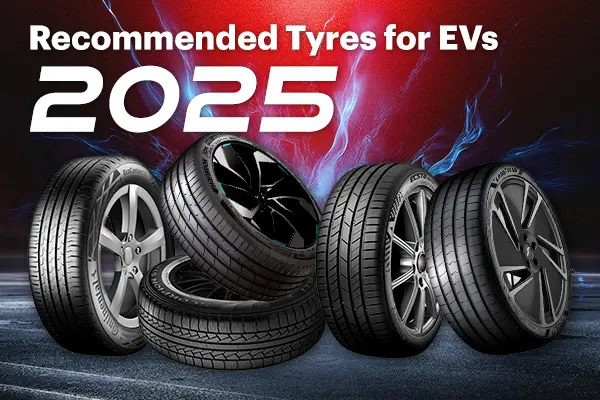Five car servicing myths you must absolutely ignore
11 Mar 2023|30,377 views
Car ownership can be a bewildering thing for first-time owners, especially when the topic of vehicle maintenance comes up. You'd probably have read plenty of information regarding this and received advice from well-meaning friends and relatives as well.
But with so much info out there, you'll inevitably come across myths as well. And if you can't tell fact from fiction, you could end up damaging your car by following the wrong advice.
That's why we've put together this list of the most common car maintenance myths to help you discern what's right and what's wrong.
Myth #1: Cars are generally reliable, so you don't have to follow the oil change schedule.
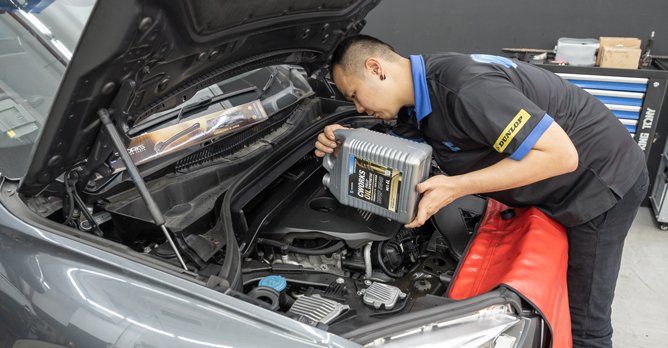
Let's say your next oil change is due when your car reaches 30,000km. It won't break down just because you had the oil changed at 30,500km instead. Engines are engineered to tolerate variances in maintenance.
However, that doesn't mean you should service your car at 40,000km or wait a few months more. Oil degrades through use and over time, which reduces its protective properties. Always follow the carmaker's recommended service schedule for best results.
Myth #2: Tyres should only be changed according to mileage and wear.
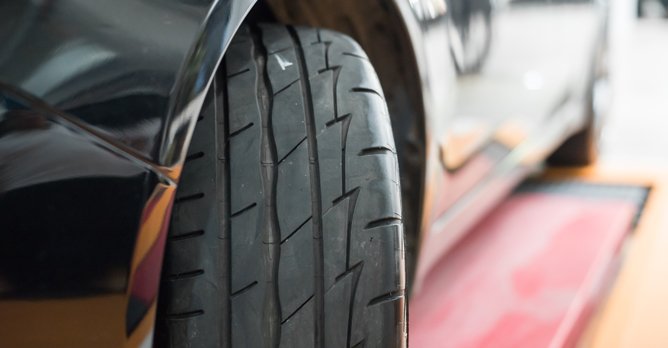
To be safe, tyres should be replaced under the following conditions:
- When they are worn close to the wear indicator
- If the tyre is cracked or has tears in the sidewall
- If the tread wear is very uneven (e.g. half the tread is worn, the other half is still fresh)
There is no set mileage that dictates when a tyre should be replaced. However, even if you maintain the correct air pressures and rotate them regularly, we'd still recommend changing the tyres every three years.
This is because even if they're not worn, the rubber would have hardened over time, which could compromise the tyre's safety.
Myth #3: Tyres will wear out anyway, so rotating them is unnecessary.
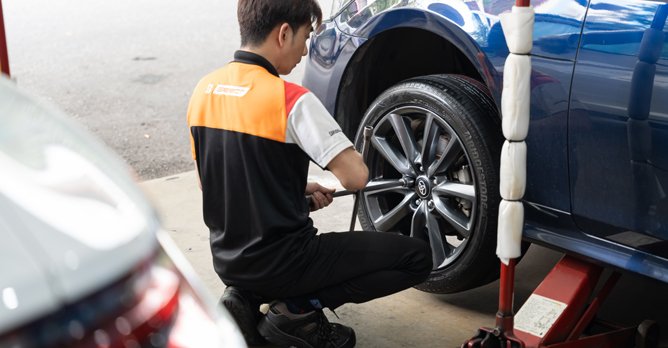
You see, each tyre is subject to different stresses. The front tyres in a front-wheel drive car, for instance, handle both steering and power transfer, so they can experience more wear than the rear tyres.
However, if your car has staggered tyre sizes, wherein the rear tyres are larger and/or wider than the front ones, you can only swop the left and right sides. A full tyre rotation isn't possible in this case.
Myth #4: I can save money by not changing other fluids.
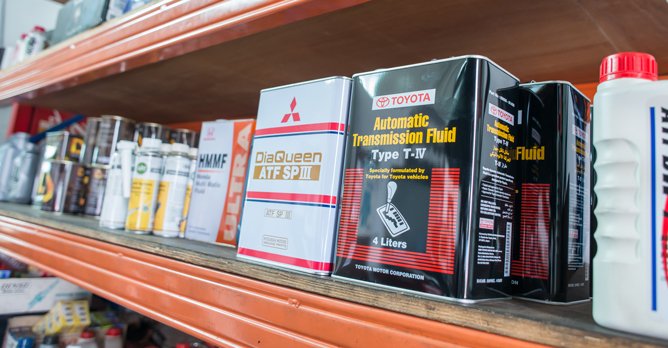
Coolant, for instance, is responsible for helping maintain the engine's operating temperature. Meanwhile, your brakes won't work without brake fluid.
These fluids degrade over time due to heat and humidity. More moisture in the brake fluid, for instance, reduces its boiling point. When this happens, your brakes become more prone to fading in hot weather and/or under heavy use - not ideal when you need to stop quickly!
Myth #5: Battery replacement can still wait.
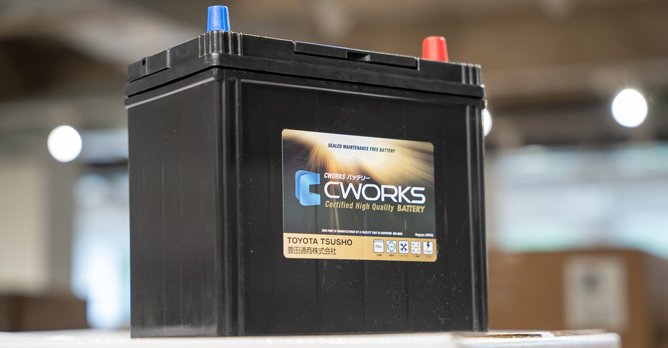
That said, we'd still advise that you buy a new battery every two years. You don't want to risk getting stranded because the battery suddenly went flat and left you unable to start your car.
Jump-starting a flat battery is possible, of course, but if its condition has deteriorated badly, even this may not work. Either way, regular batteries do not cost much, so just replace them every two years to avoid any inconvenience.
Looking for more car maintenance content? These stories may interest you
Car engine decarbonisation 101 - Why? How? Where?
Car maintenance: Five ways you're unknowingly abusing your car
Stop doing these things to your car!
Long-term car maintenance issues to look out for
Car ownership can be a bewildering thing for first-time owners, especially when the topic of vehicle maintenance comes up. You'd probably have read plenty of information regarding this and received advice from well-meaning friends and relatives as well.
But with so much info out there, you'll inevitably come across myths as well. And if you can't tell fact from fiction, you could end up damaging your car by following the wrong advice.
That's why we've put together this list of the most common car maintenance myths to help you discern what's right and what's wrong.
Myth #1: Cars are generally reliable, so you don't have to follow the oil change schedule.

Let's say your next oil change is due when your car reaches 30,000km. It won't break down just because you had the oil changed at 30,500km instead. Engines are engineered to tolerate variances in maintenance.
However, that doesn't mean you should service your car at 40,000km or wait a few months more. Oil degrades through use and over time, which reduces its protective properties. Always follow the carmaker's recommended service schedule for best results.
Myth #2: Tyres should only be changed according to mileage and wear.

To be safe, tyres should be replaced under the following conditions:
- When they are worn close to the wear indicator
- If the tyre is cracked or has tears in the sidewall
- If the tread wear is very uneven (e.g. half the tread is worn, the other half is still fresh)
There is no set mileage that dictates when a tyre should be replaced. However, even if you maintain the correct air pressures and rotate them regularly, we'd still recommend changing the tyres every three years.
This is because even if they're not worn, the rubber would have hardened over time, which could compromise the tyre's safety.
Myth #3: Tyres will wear out anyway, so rotating them is unnecessary.

You see, each tyre is subject to different stresses. The front tyres in a front-wheel drive car, for instance, handle both steering and power transfer, so they can experience more wear than the rear tyres.
However, if your car has staggered tyre sizes, wherein the rear tyres are larger and/or wider than the front ones, you can only swop the left and right sides. A full tyre rotation isn't possible in this case.
Myth #4: I can save money by not changing other fluids.

Coolant, for instance, is responsible for helping maintain the engine's operating temperature. Meanwhile, your brakes won't work without brake fluid.
These fluids degrade over time due to heat and humidity. More moisture in the brake fluid, for instance, reduces its boiling point. When this happens, your brakes become more prone to fading in hot weather and/or under heavy use - not ideal when you need to stop quickly!
Myth #5: Battery replacement can still wait.

That said, we'd still advise that you buy a new battery every two years. You don't want to risk getting stranded because the battery suddenly went flat and left you unable to start your car.
Jump-starting a flat battery is possible, of course, but if its condition has deteriorated badly, even this may not work. Either way, regular batteries do not cost much, so just replace them every two years to avoid any inconvenience.
Looking for more car maintenance content? These stories may interest you
Car engine decarbonisation 101 - Why? How? Where?
Car maintenance: Five ways you're unknowingly abusing your car
Stop doing these things to your car!
Long-term car maintenance issues to look out for
